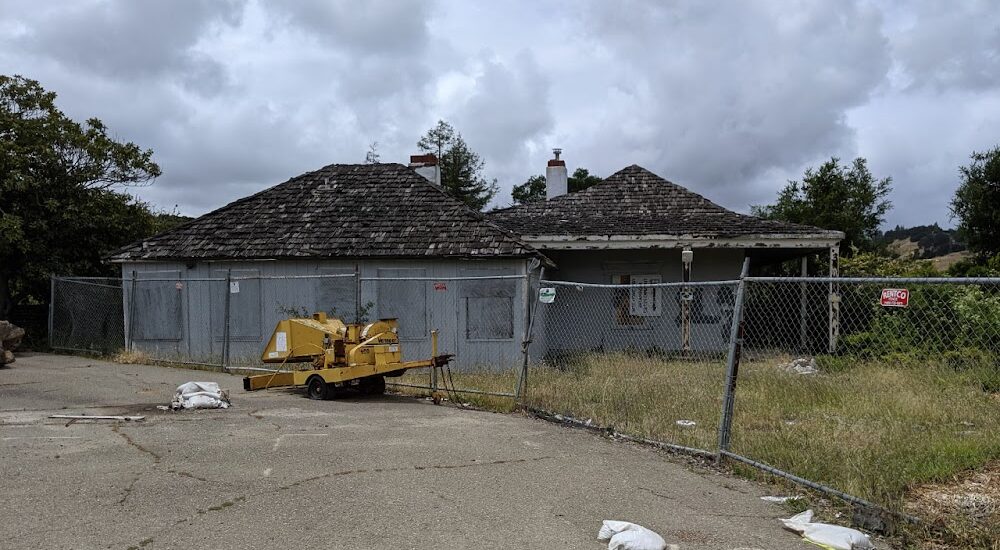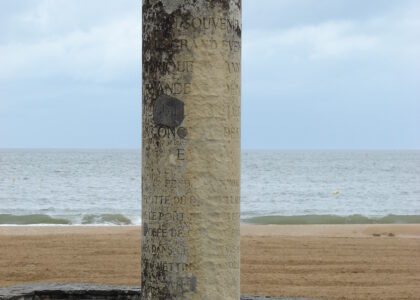Welcome to the Joaquin Moraga Adobe, a cornerstone of California’s rich history and a testament to its early settlers’ resilience. Built in 1841 by Don Joaquin Moraga, the adobe stands as the oldest of its kind in Contra Costa County. Moraga was the grandson of José Joaquín Moraga, a notable Spanish explorer and a key figure in establishing early Californian cities such as San Francisco and San Jose.
The adobe’s story begins in 1835 when Mexico, seeking to encourage settlement and economic development in Alta California, granted a vast expanse of land known as Rancho Laguna de los Palos Colorados to Joaquin Moraga and his cousin Juan Bernal. Spanning over 13,000 acres, this land grant was part of a broader effort by the Mexican government to establish a ranching economy in the region.
Perched on a scenic knoll, the adobe offered a strategic vantage point, providing the Moraga family with protection and access to vital resources like water. The building materials, including the adobe walls and redwood beams, were sourced locally, reflecting the ingenuity and resourcefulness of its builders.
Throughout the years, the Moraga Adobe has witnessed numerous changes. It was first restored in 1941 by Katharine Brown White Irvine, who added modern features while preserving its historical integrity. The adobe underwent further renovations in the 1960s and today remains a private, yet unoccupied, residence.
As you imagine the bustling life that once filled these grounds, consider the broader historical context. The adobe stands as a relic from a time when California was transitioning from Mexican to American rule, a period marked by significant cultural and economic shifts. Joaquin Moraga and his contemporaries were Californios, descendants of Spanish and Mexican settlers who played a crucial role in shaping the state’s early history.
Efforts are ongoing to restore the Joaquin Moraga Adobe to its original 1848 configuration. Future plans aim to transform it into a museum and educational site, preserving its legacy for generations to come. As you continue your journey, reflect on the adobe’s enduring presence and its silent testimony to the passage of time and the stories of those who once called it home.



